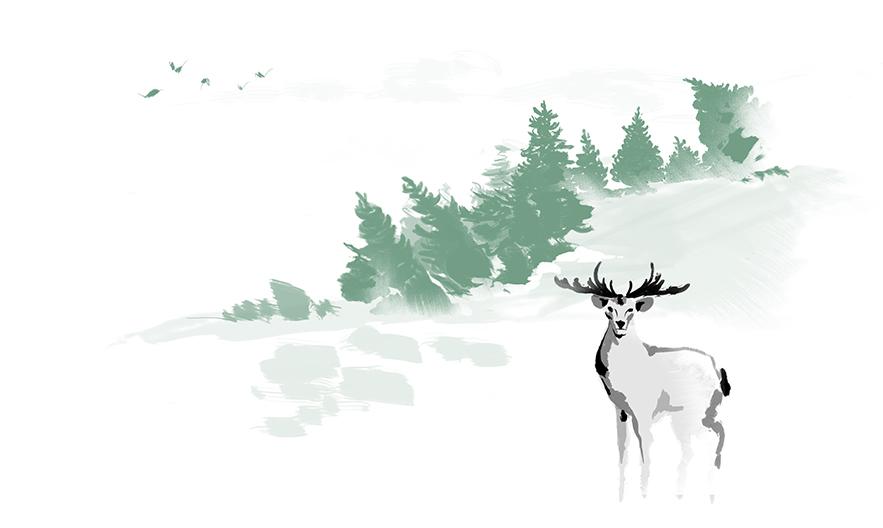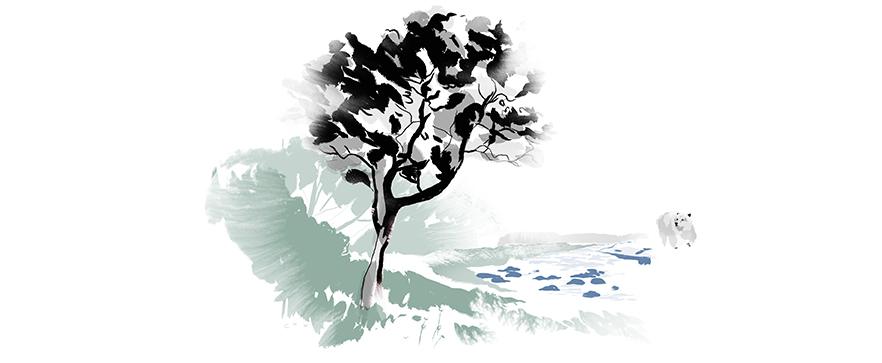Restore and regenerate
- Kering
- Sustainability
- Mitigating climate change
- Restore and regenerate
Restore and regenerate
In a bid to reduce its environmental footprint, Kering is continuing its ambitious offset program which covers the entire value chain. The Group is developing restoration and regeneration projects for forests and biodiversity.
A program for the long-term
In 2011, the Group started a greenhouse gas (GHG) emissions offset program that included scopes 1 and 2 of the Greenhouse Gas Protocol*. In 2019, Kering went a step further by extending the initiative to all scope 3 emissions, whether localized within its own activities or at the supply chain level. As a result, in 2019, Kering offset 2.4 million tons of CO2.
Kering meets its carbon offset program targets through verified REDD+ projects, which not only conserve critical forests and biodiversity, but also support the livelihoods of local communities. 2019 offsets equaled nearly 1 million hectares of vital forests around the world.
Protection, restoration and regeneration
Forests act as a carbon sink, meaning that their protection is paramount. They support the removal of carbon from the atmosphere, which helps to mitigate climate change.
To support forest ecosystems and safeguard their protection, Kering ensures that its supply chain is free of products sourced from ancient and endangered forests. The Group has set a target to reach 100% traceability in its key raw materials by 2025.
Find out more about the Kering animal welfare Standards and our Biodiversity strategy.
Offsetting to insetting
Kering aspires to extend the focus of its work by shifting from traditional offsetting to include project insetting wherever possible in regions where Tier 4 suppliers (raw material producers) are located. Here are some examples:
Fashion Industry Charter for Climate Action
As part of the UN’s Framework Convention on Climate Change, Kering signed the Fashion Industry Charter for Climate Action in 2016, alongside 40 other companies from the fashion industry. The signatories agreed to work collectively through several working groups and laid out a series of ambitious targets to reduce carbon emissions.
Learn more about the Fashion Industry Charter for Climate Action
*Building on partnerships with businesses, NGOs and governments, the Greenhouse Gas Protocol (GHG Protocol) was published in 2001 by the World Business Council for Sustainable Development (WBCSD) and World Resources Institute (WRI) with a view to developing an international accounting and reporting standard and tools to measure and manage climate-warming emissions.


